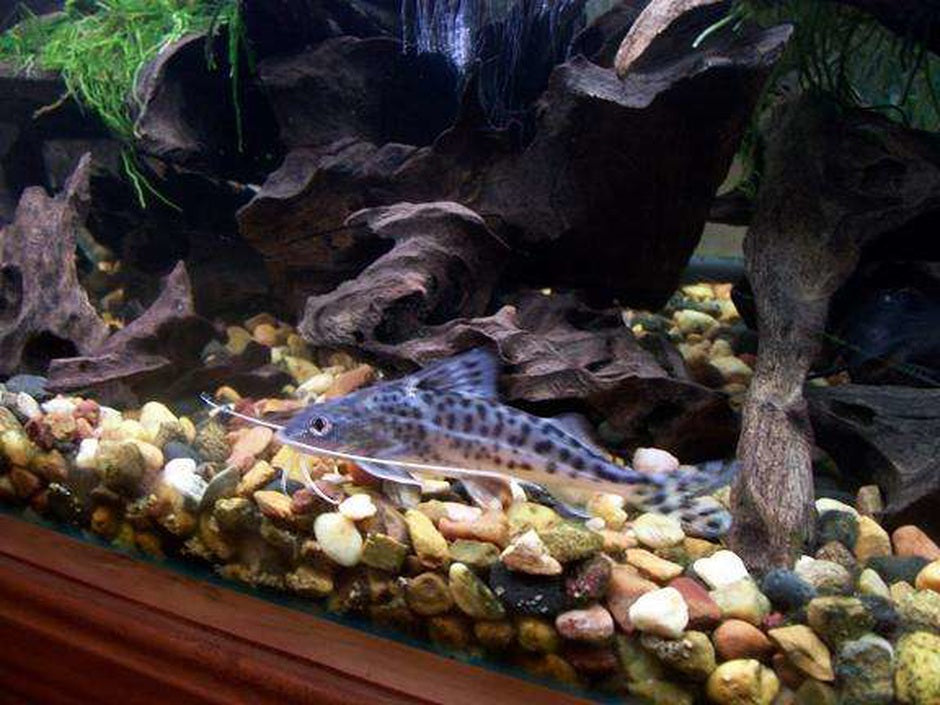My Store
Pictus Catfish
Pictus Catfish
Couldn't load pickup availability
⚡ Pictus Catfish – Fast, Sleek, and Always on the Move
The Pictus Catfish (Pimelodus pictus) is one of the most popular and energetic freshwater catfish in the aquarium hobby. With its silvery body covered in black spots, whisker-like barbels, and streamlined build, the Pictus adds nonstop motion and flair to any medium-to-large community setup.
Highly active and often seen darting across the bottom of the tank, this catfish is a peaceful scavenger that helps keep the substrate clean. Known for its speed, personality, and schooling behavior, the Pictus Cat is a favorite for aquarists looking to add life to the lower levels of their tank.
🐟 Species Profile:
-
Scientific Name: Pimelodus pictus
-
Common Name: Pictus Catfish
-
Adult Size: 4–5 inches (some up to 6")
-
Temperament: Peaceful, active
-
Tank Size: 55+ gallons
-
Water Parameters: 74–80°F | pH 6.5–7.5 | Moderate hardness
-
Diet: Omnivore – enjoys sinking pellets, frozen bloodworms, brine shrimp, and scavenged foods
🛠️ Tank Setup & Compatibility:
Pictus Catfish thrive in:
-
Tanks with smooth substrate, caves, and plenty of open swimming space
-
Low to moderate lighting and hiding spots to reduce stress
-
Peaceful community tanks or semi-aggressive setups with similar-sized tank mates
Compatible with:
-
Tinfoil barbs, rainbowfish, silver dollars, Severums, angelfish, peaceful cichlids
-
Avoid housing with small nano fish that may be mistaken for food
-
Best kept in groups of 3 or more for confidence and social behavior
Behavior:
-
⚡ Extremely fast swimmer – always exploring or foraging
-
🧠 Social and curious with a playful attitude
-
💤 May hide during the day, most active in the evening
🛒 Why Buy from RobsAquatics.com?
Each Pictus Catfish is:
-
✅ Hand-selected for size, health, and spot patterning
-
✅ Conditioned to eat prepared and frozen foods
-
✅ Shipped with care and backed by our Live Arrival Guarantee
-
✅ Great for adding motion and balance to community and semi-aggressive tanks
📦 Add nonstop energy and style to your tank with the Pictus Catfish—a fast, fun, and reliable bottom-dweller that plays well with others. Now available at RobsAquatics.com.
Share


